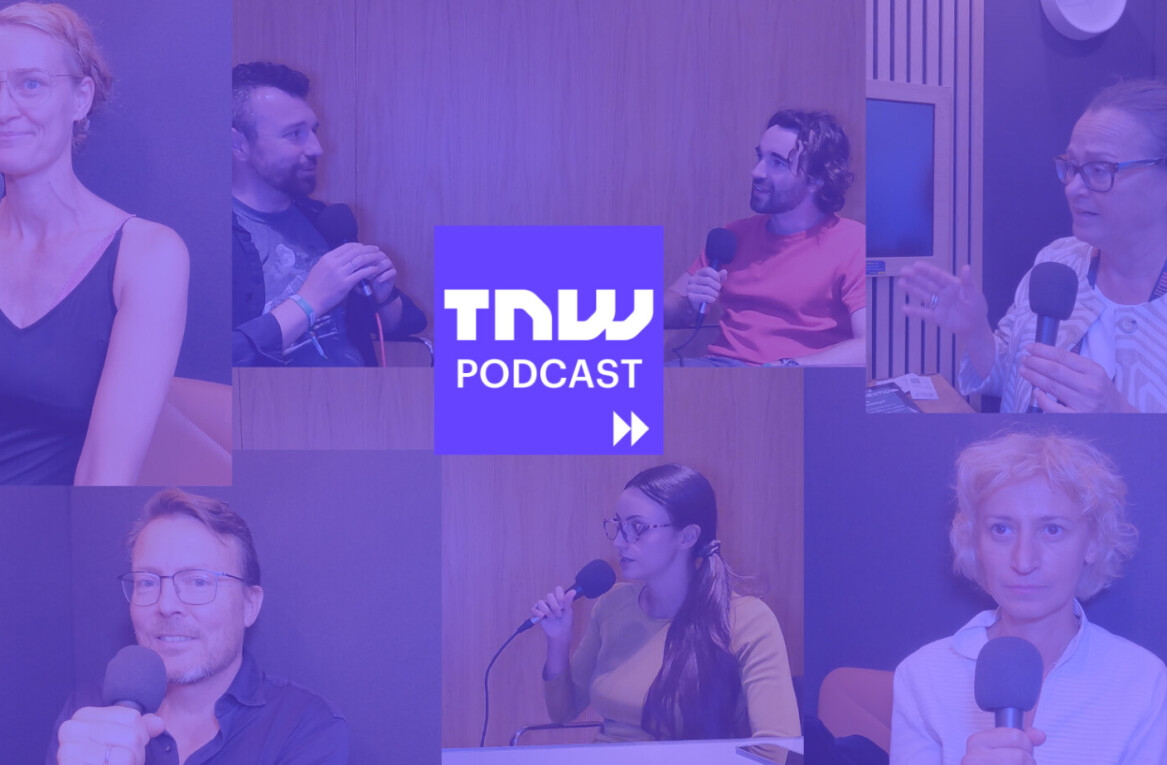
Did you know that 75% of users never scroll past the first page of search results? Given this astonishing fact, it’s obvious that the mere development of a website is not enough for you to get noticed. In order to establish yourself as a credible source of information, drive more traffic and improve conversion rates, you need to invest a great deal of effort into boosting your ranks in SERP.
Search engines use a plethora of factors to determine how well your website ranks. However, as Google’s ranking algorithm updates keep shaking the digital marketing landscape to its core, domain authority (DA) has become one of the most critical website performance metrics. Here is what you need to know in order to increase it.
What is Domain Authority?
Originally developed by Moz, domain authority has gained momentum as one of the most significant ranking factors, contributing to 20% of your website’s success. Ranging from 0 to 100, it represents an independent measurement of how well your website will rank in Google. The average domain authority ranges between 40 and 50, while any score over 50 is believed to be above average. Logically, well-established websites with dozens of quality backlinks are at the top of this scale, while small business websites that start from scratch have a significantly lower DA.
This shouldn’t worry you. Namely, Moz defines domain authority as a logarithmic scale, pointing out that “it’s significantly easier to grow your score from 20 to 30 than it is to grow from 70 to 80.” In other words, it’s simpler for websites with a low DA to improve their rankings, than for ones with a high DA.
What you need to know is that domain authority comprises more than 40 ranking signals, including link root domains, MozRank, MozTrust, the quality of content, social metrics and search engine friendliness. Being highly complex, it cannot be increased overnight. It requires you to invest a great deal of effort in improving every major aspect of your SEO strategy.
Boost your Off-Site SEO by Generating Quality Backlinks
A few years ago, Google’s Matt Cutts said that the days of link building are long gone. Still, statistics show that this SEO practice has remained one of the most vital ranking factors.
Ideally, as the number of quality links leading to your website is rising, your domain authority and rank in SERPs will grow as well. Obviously, this is possible only if you’re generating external links from high-authority websites. On the contrary, building dozens of poor backlinks won’t bring any value to your website and might heavily affect your rankings in Google.
One of the most important off-site techniques for earning links is guest posting. Here, your aim is to find credible blogs in your niche and share quality content pointing to your website. This way, you will manage to grow your brand’s authority, get referral traffic and, most importantly, establish yourself as an expert in your industry. Apart from quest posting, there are other white hat options you might consider when obtaining backlinks, such as social media shares, social bookmarking sites and giveaway promotions.

Create Link-Worthy Content
As we have already mentioned, generating quality backlinks heavily depends on your content strategy. However, apart from the abovementioned off-site techniques, you should also invest in on-site content marketing efforts. For instance, you should develop a company blog and make it an informative and fresh source of information. After all, if you don’t share valuable content on your website, there is no point in linking to it.
When creating quality content your readers cannot help sharing, you need to pay attention to several aspects:
- Deliver content that adds value to your customers and answers all their questions.
- Create informative and industry-specific content.
- Share your content regularly.
- Keep up with trends and deliver highly-interactive content that gets your readers to actively participate, such as infographics, videos, quizzes, quotes and gifs.
Optimize your Internal Links
Put simply, internal links direct one landing page to another within the same domain. This way, you improve your website navigation, direct your visitors to the content they are interested in, reduce bounce rate and improve user experience. Most importantly, you will be able to create a solid hierarchy of content, making it easier for Google to crawl and index your pages.
Here are a few techniques you could use to boost your internal linking efforts:
- Share your content regularly. Only this way will you be able to link to your older blog posts, make your current content more informative, as well as spread link juice and PA throughout your website.
- Build deep links to the pages that are not easily accessible from your homepage.
- Link to pages with a lower PA in order to pass link juice to them.
- Come up with organic and relevant anchor text. Additionally, you should avoid spammy, generic and keyword-rich anchor text.
- Optimize your content-link ratio. In order to avoid Google’s penalties, you need to respect the limit to the number of links appropriate for your pages.
- Link to relevant content. You should link to a certain page only if there is a topical connection between the content.
Conduct a Backlink Audit to Remove Bad Links
With Google’s 2013 Penguin 2.0 update, many sites faced a sudden decline in their page rank. Unsurprisingly, the main reason for this were poor backlinks. So, the moral is that you should never wait for a Penguin update to kill your rankings in SERP. Instead, conduct regular backlink audits to avoid Google’s penalties on time and establish your website as authoritative.
Even though it requires a lot of repetitive work, removing bad external links will help you gain a competitive advantage. All you need to do is go through your link profile to identify any backlinks from poor websites and remove them. Pay special attention to links in foreign languages, links with dubious anchor text, as well as those that have no topical relevance to your niche. The same goes for your blog. If there are any poor or broken links featured in your content, you need to remove them immediately.
Conclusions
Domain authority plays a fundamental role when it comes to your website ranking. It not only assesses the overall performance of your website in Google, it also enables you to identify the worth of websites you are linking to or contributing to.
Always keep in mind that, as a powerful comparative ranking measure, DA covers numerous metrics and thus cannot be increased instantly. Instead, you need to look at the big picture, improve your overall SEO strategy and be patient.
What techniques do you use to boost DA?
Get the TNW newsletter
Get the most important tech news in your inbox each week.




